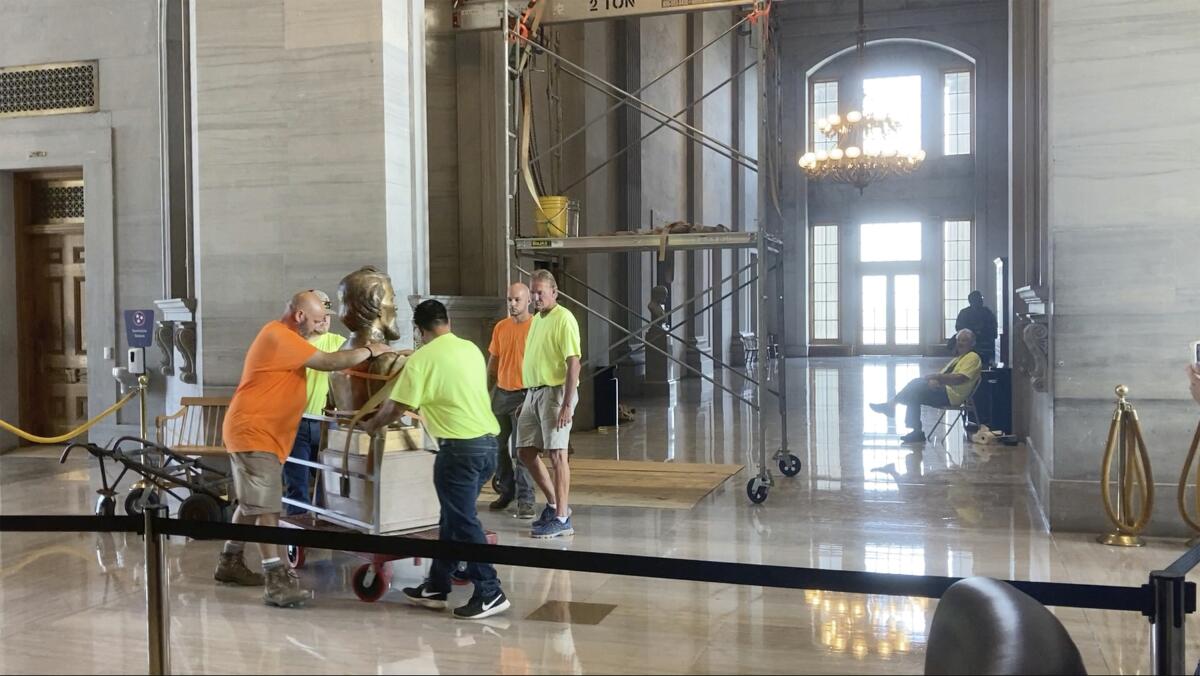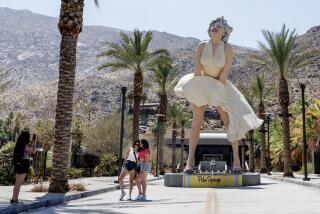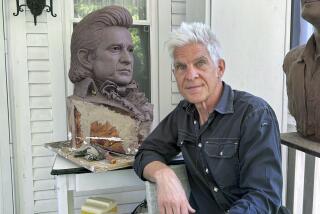Bust of Confederate general, a KKK leader, moved from Tennessee Capitol building

NASHVILLE — The bust of a Confederate general and early Ku Klux Klan leader that had been prominently displayed inside the Tennessee Capitol for decades — over objections from Black lawmakers and activists — was removed from its pedestal Friday.
The image of Nathan Bedford Forrest has sparked protests ever since its installation in 1978 as defenders sought to tout his legacy while critics objected to honoring a figure who supported the South’s secession. Over the years, some suggested adding historical context next to the bust. Yet many others, including Republican Gov. Bill Lee, successfully argued for moving it to the Tennessee State Museum, just north of the Capitol.
Forrest was a Confederate cavalry general who amassed a fortune before the Civil War as a Memphis slave trader and plantation owner. Later, he was a leader of the Klan as it terrorized Black people, reversing Reconstruction efforts and restoring white power in the South.
He was in charge during the battle of Ft. Pillow, where an estimated 300 Black soldiers were massacred by Forrest’s men after surrendering. The massacre provoked outrage in the North and was one of the most bitterly disputed incidents in the Civil War.
The busts of Union Navy Adm. David Farragut and U.S. Navy Adm. Albert Gleaves also were moved to the museum on Friday, part of an agreement used to win over the votes needed on key panels that military leaders shouldn’t be displayed in the Capitol.
Forrest died in 1887, but he’s maintained a strong presence throughout Tennessee history. A state park and state holiday are named after him. There’s a 25-foot statue of Forrest shooting a gun on a horse along Interstate 65.
Most recently, the bodies of Forrest and his wife were moved out of Memphis in June. Forrest, a former Memphis City Council member, had been moved and buried there in 1904 under his statue.
Yet the bust in the Capitol remained particularly painful for Tennessee’s Black legislative caucus, many of whom had given emotional speeches on having to walk by a slave trader and Confederate general each day.
“From the Ft. Pillow massacre to roving lynch mobs, from Jim Crow to the assassination of MLK Jr., it’s time for us, as one people, to heal the wounds of the past,” said Sen. Raumesh Akbari, a Black lawmaker from Memphis who chairs the Senate’s Democratic caucus.
Tennessee’s State Building Commission on Thursday voted 5-2 to remove the busts, the final hurdle in a months-long process that had been strongly opposed by legislative leaders.
The GOP-controlled General Assembly refused for years to advance legislation calling for the bust’s removal. In 2016, lawmakers amended state law to make it harder to remove statues or rename streets of controversial figures by requiring such amendments to receive a two-thirds majority vote from the Tennessee Historical Commission. The amendment came just a year after former Republican Gov. Bill Haslam threw his support behind the removal of the Forrest bust in 2015 after the slayings of nine black churchgoers in Charleston, S.C. Haslam called for the removal again in 2017 after the white nationalist rally in Charlottesville, Va., but that year, the proposal was rejected by a state panel.
However, momentum shifted when Lee changed positions and called for moving the bust out of the Capitol in 2020 amid national outcry over the death of George Floyd by police in Minneapolis. Floyd’s murder sparked a new push to remove Confederate symbols, including the Forrest bust.
Lee’s position was markedly different than when he first came into elected office in 2018, arguing that “the Ku Klux Klan is a part of our history that we’re not proud of in Tennessee, and we need to be reminded of that and make certain that we don’t forget it. So I wouldn’t advocate to remove” the bust.
The Forrest bust can be viewed by the public at the state’s history museum starting Tuesday. It’s unknown what details will be posted about him.
More to Read
Sign up for Essential California
The most important California stories and recommendations in your inbox every morning.
You may occasionally receive promotional content from the Los Angeles Times.










